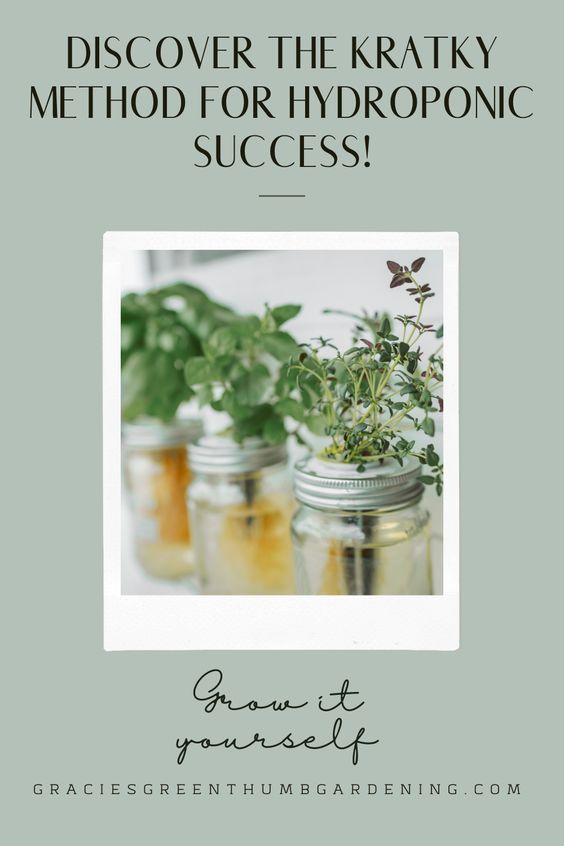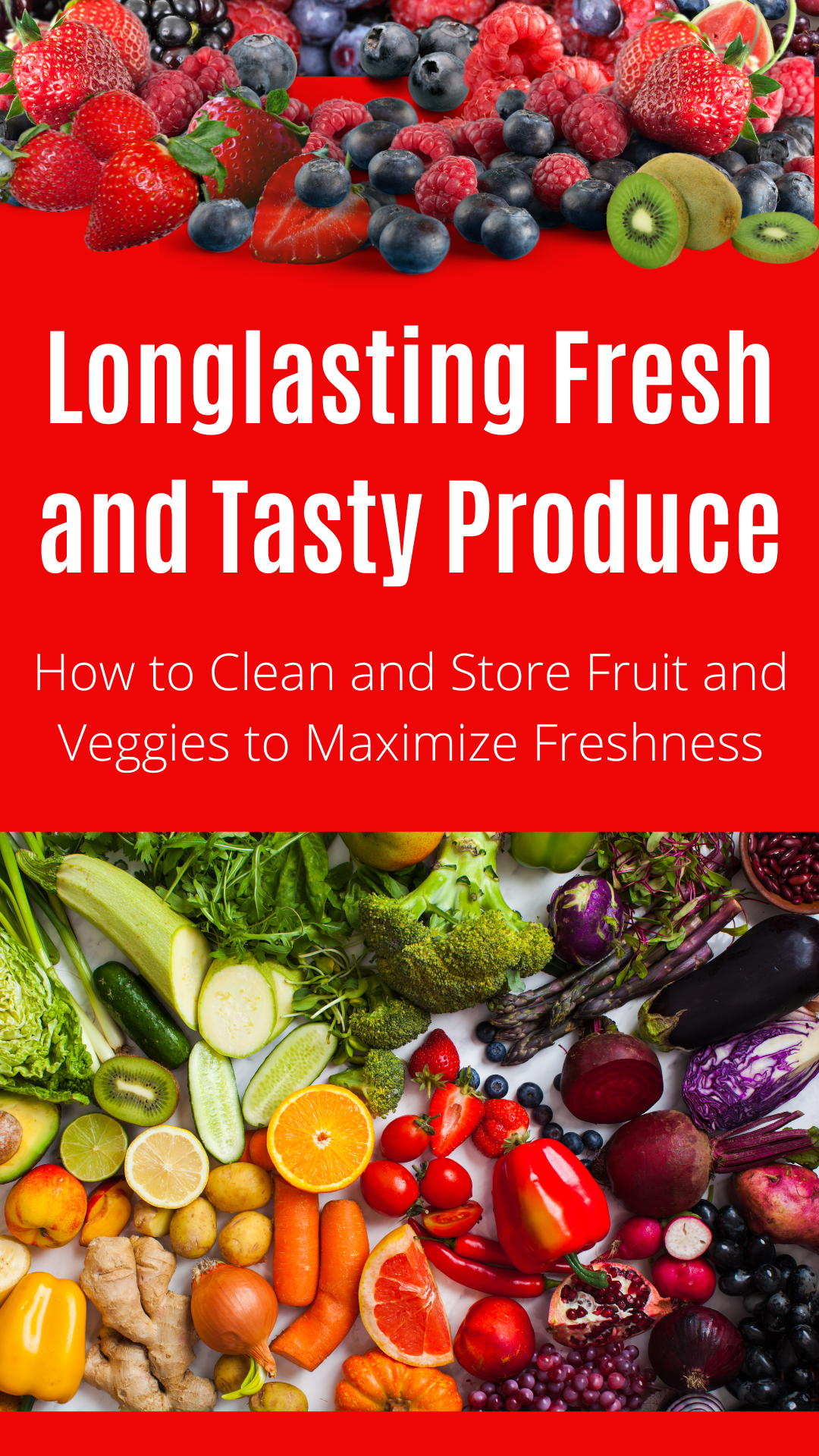

I don’t know about you, but I am so tired of spending so much money on fresh produce and seeing it wither away, or spoil very quickly. The solution might be simpler than you think! By incorporating vinegar and baking soda into your produce care routine, you can significantly extend their freshness and enjoy them at their peak for longer periods.
Proper cleaning and storage is essential not only for taste but also for prolonging freshness. Vinegar and baking soda are natural cleaners and are often preferred over commercial produce cleaners. They are safer for you and the environment, are free from harmful chemicals found in some commercial products and you probably already have them in your pantry.
This has been a game-changer for us, we are eating so many more fruits and veggies now.
Vinegar, Baking Soda, or Both?
Both baking soda and vinegar have their benefits when it comes to rinsing produce, but they serve slightly different purposes:
Vinegar:
Antimicrobial Properties: Vinegar, especially white vinegar, has strong antimicrobial properties. It can effectively kill bacteria and mold spores on the surface of fruits and vegetables, helping to extend their freshness.
Removal of Pesticide Residues: Vinegar is also known for its ability to remove pesticide residues from produce. This is particularly beneficial if you’re concerned about chemicals on your fruits and vegetables.
Baking Soda:
Odor Absorption and pH Regulation: Baking soda acts as a natural deodorizer and helps regulate pH levels. This can create an environment that discourages microbial growth and helps prevent odors.
Mechanical Cleaning: Baking soda can also help mechanically scrub away dirt and contaminants from produce surfaces when used as a gentle abrasive.
But Which is Better?
In terms of effectiveness against microbes and pesticide residues, vinegar is generally more potent.
Baking soda is beneficial for its mechanical cleaning action and odor absorption properties.
Combining Both:
Using both can offer a more thorough cleaning, especially for items like leafy greens where thorough rinsing is crucial.
However, it’s essential to rinse the produce thoroughly after using these substances to ensure no residue remains.
Ultimately, the choice between rinsing with baking soda, vinegar, or both depends on your preferences and the specific cleaning needs of your produce. If you’re looking for a simple and effective approach, using vinegar alone can be quite effective. If you want to add an extra level of cleaning and odor control, incorporating baking soda can be beneficial, especially for items with tougher surfaces.
Best Containers for Produce Storage
Vented Containers:
Benefits: Vented containers allow airflow, which can help reduce moisture buildup and prevent condensation. This airflow can be particularly beneficial for fruits and vegetables that are prone to spoiling due to excess moisture, such as berries, leafy greens, and mushrooms.
Usage: Use vented containers for produce that benefits from airflow and needs to maintain a certain level of humidity without becoming too damp.

Air-Tight Containers:
Benefits: Air-tight containers create a sealed environment that reduces airflow and helps maintain consistent humidity levels. This can be advantageous for produce that tends to wilt or dry out quickly, such as cut fruits, herbs, and some vegetables like carrots and celery.
Usage: Use air-tight containers for produce that requires a stable and controlled environment to stay fresh, especially if you’re storing cut or prepped items.
Open Containers:
Benefits: Storing produce in open containers allows for maximum airflow and can be suitable for items that don’t require specific humidity levels or that you plan to use quickly.
Usage: Use open containers for produce that benefits from exposure to air and doesn’t wilt or spoil quickly, such as apples, oranges, onions, and potatoes.
Considerations:
Moisture Content: Some produce items release moisture as they ripen, while others are sensitive to excess moisture. Choose containers based on the moisture needs of the specific produce.
Usage Timeframe: Consider how long you plan to store the produce. For short-term storage, open containers may suffice, while for longer-term storage, consider the benefits of vented or air-tight containers.
Ethylene Gas: Some fruits and vegetables produce ethylene gas, which can accelerate ripening and spoilage. Consider this factor when choosing containers and store ethylene-producing items separately from ethylene-sensitive ones.
Some examples of produce that produce ethylene gas:
Vegetables:
- Potatoes
- Onions
- Peppers
- Green beans
- Cucumbers
- Carrots
Fruits:
- Apples
- Bananas
- Avocados
- Tomatoes
- Peaches
- Pears
- Plums
- Kiwis
It’s important to note that while ethylene gas can help fruits ripen faster, it can also cause spoilage if certain fruits and vegetables are stored together. For example, storing ethylene-producing fruits like apples with ethylene-sensitive produce like leafy greens can lead to premature spoilage of the greens.
There is no one-size-fits-all answer as the best container type depends on the specific produce item, its moisture requirements, and your storage preferences.
Vented containers are beneficial for items that benefit from airflow and controlled humidity, while air-tight containers are suitable for maintaining stable conditions for longer storage periods.
Open containers can work well for items that don’t require specific humidity levels and are used relatively quickly.

Ultimately, consider the characteristics of each produce item and choose the storage container that best suits its needs to maintain freshness and quality.
Step-by-Step Guide: Cleaning Produce with Vinegar and Baking Soda
Supplies Needed:
- Vinegar
- Baking soda
- Water
- A large bowl
- A colander or strainer
- Storage Containers
- Labels (Optional)
**My favorites are listed below.
Mixing the Cleaning Solution:
1. Vinegar Rinse:
Dilute 1 part vinegar with 3 parts water in a bowl.
2. Baking Soda Wash:
Mix 1 teaspoon of baking soda with 1 cup of water in a separate bowl.
Cleaning Process:
1. Soak the Produce
Submerge in the vinegar rinse for 5-10 minutes to loosen dirt, debris, and potential pesticide residues.
2. Gentle Scrub (if needed):
For fruits with tougher skins, like apples or cucumbers, gently scrub the surface while submerged in the solution.
3. Thorough Rinse:
Remove the fruit from the vinegar rinse and rinse thoroughly under cold running water.
4. Baking Soda Rinse:
Submerge the fruit in the baking soda wash for an additional 5 minutes.
5. Final Rinse:
Rinse the fruit under cold running water to remove any traces of vinegar or baking soda.
6. Drying:
Pat the fruit dry with a clean towel or let it air dry in a colander. Be sure to dry produce thoroughly before storing.
7. Storage:
If using containers with colanders, you may want to place a clean paper towel on the bottom before inserting the colander to absorb any moisture.
Optionally, you may also find it helpful to label the containers. When I first started rinsing and storing our fruit, I discovered that my husband wasn’t eating his favorite fruit. He was still looking for it in the original bag from the store, instead of the sealed containers. I found these awesome reusable labels and it’s really helped us both out, not only because I know where everything is, but it’s also a reminder that we have beautiful produce to eat!

Pro Tips for Specific Produce:
Leafy Greens: Trim any wilted leaves before soaking in the cleaning solution. Store them in a sealed container with a paper towel to absorb excess moisture.
Berries: Rinse delicate berries like strawberries and blueberries gently to avoid bruising. Spread them on a paper towel-lined tray to air dry before refrigerating.
Root Vegetables: Scrub root vegetables like carrots and potatoes with a brush under running water. Pat them dry before storing in a cool, dark place.
Conclusion
By incorporating vinegar and baking soda into your produce care routine, you can enjoy fresher and tastier fruits and vegetables for longer periods. These natural ingredients not only clean effectively but also contribute to a healthier, more sustainable approach to food preservation. Give them a try and experience the difference in your kitchen!
**As an Amazon Associate, I earn a commission for qualified sales at no additional cost to you.
Colander
304-Stainless-Steel Colander with Mixing Bowls, 3.5-Quart Large Capacity, Metal Strainer Set Microporous Colander for Washing & Draining Rice, Fruit, Vegetables, Noodle, Cooked pasta(2PC)
Air-Tight Storage
4 Pack Fruit and Vegetable Storage Containers for Refrigerator, Produce Saver Containers for Kitchen Fridge Organizers and Storage
Vented Storage
Fresh Fruit Vegetable Storage Containers, 3 Pack Produce Saver Container for Fridge with Lids &Removable Colander BPA-Free.
Reusable Labels
Chalkboard Labels-180pcs Waterproof Reusable Blackboard Stickers with 1 Liquid Chalk Marker









